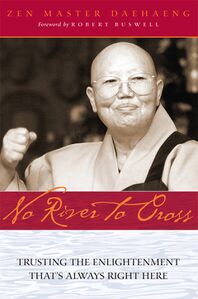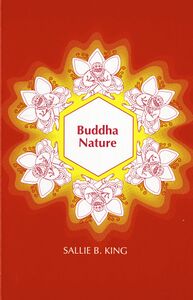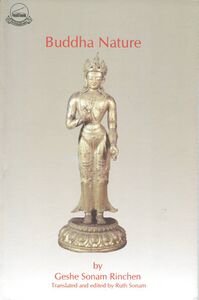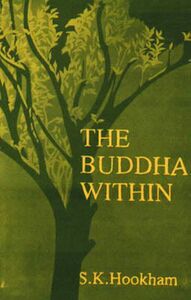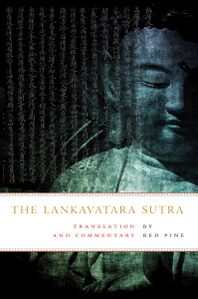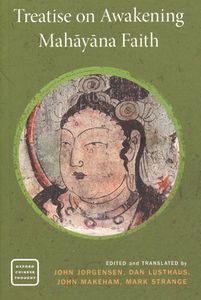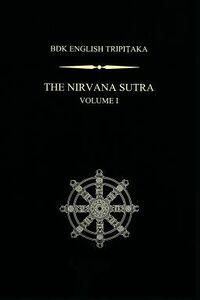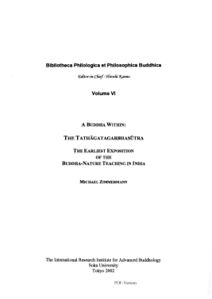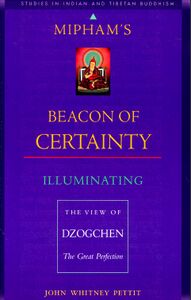Begin Discovering Your Buddha-Nature: Difference between revisions
No edit summary |
No edit summary |
||
| Line 292: | Line 292: | ||
</div> | </div> | ||
<div class="col-12 border-top-redfade my-5"></div> | |||
{{FeaturedItem | |||
|page=Primary_Sources | |||
|description=<div class="section-header mt-2 mb-4 border-bottom-rightfade">Study the sources</div> | |||
<div class="pl-lg-5 pr-lg-4">The seeds of buddha-nature teachings are sprinkled throughout the sutras and tantras of the Buddhist canon. A core group of scripture that initially taught buddha-nature known as the tathāgatagarbha sūtras date between the second and fourth centuries. These include the ''Tathāgatagarbhasūtra'', the ''Mahāparinirvāṇasūtra'', the ''Śrīmālādevīsūtra'' and several others. The famous ''Laṅkāvatārasūtra'' was also important for buddha-nature theory. In Tibetan Buddhism the late-Indian treatise ''Ratnagotravibhāga Mahāyānottaratantraśāstra'', or "Gyu Lama" as it is known in the Tibetan, serves as a major source for buddha-nature. In East Asia the ''Awakening of Faith in the Mahāyāna'' (大乗起信論) was the most influential treatise in spreading buddha-nature theory.<p class="featured-link">[[Primary Sources|Read more on the sources for buddha-nature teachings...]]</p></div> | |||
|image=https://commons.tsadra.org/images-commons/thumb/c/c7/Maitreya_statue.jpg/431px-Maitreya_statue.jpg | |||
|textclasses=maitreya-gradient pt-2 pb-3 | |||
|imageposition=right | |||
|imageclasses=flip-h | |||
|additionalcontent=<div class="border-top-redfade py-3 d-flex justify-content-center flex-wrap"> | |||
{{RelatedButton | |||
|link=/index.php/Texts/Ratnagotravibhāga_Mahāyānottaratantraśāstra | |||
|image=https://commons.tsadra.org/images-commons/thumb/3/3a/Screen_Shot_2018-06-20_at_3.54.38_PM.png/200px-Screen_Shot_2018-06-20_at_3.54.38_PM.png | |||
|text=The Ratnagotravibhāga | |||
|label-right=Source Text | |||
|target=_blank | |||
|wrapperclasses=mt-3 mb-0 | |||
}} | |||
{{RelatedButton | |||
|link=/index.php/Texts/Ratnagotravibhāga_Mahāyānottaratantraśāstra/Root_Verses/Verse_I.28 | |||
|image=https://commons.tsadra.org/images-commons/d/d8/Sutra_alt.jpeg | |||
|text=Verse I.28 | |||
|label-right=Point of Interest | |||
|target=_blank | |||
|wrapperclasses=mt-3 mb-0 | |||
}} | |||
</div> | |||
}} | |||
<div class="section-header mt-5 mb-4 pl-4 pb-2 border-bottom-rightfade">Buddha-Nature in Translation</div> | <div class="section-header mt-5 mb-4 pl-4 pb-2 border-bottom-rightfade">Buddha-Nature in Translation</div> | ||
| Line 368: | Line 398: | ||
</div> | </div> | ||
Revision as of 15:54, 15 December 2020
Buddha-Nature in East Asia
Multimedia
Ringu Tulku
Tokpa Tulku
The Fourteenth Dalai Lama Tenzin Gyatso
Ringu Tulku
Kirti Tsenshab
Khenpo Sodargye
Orgyen P'huntsok
